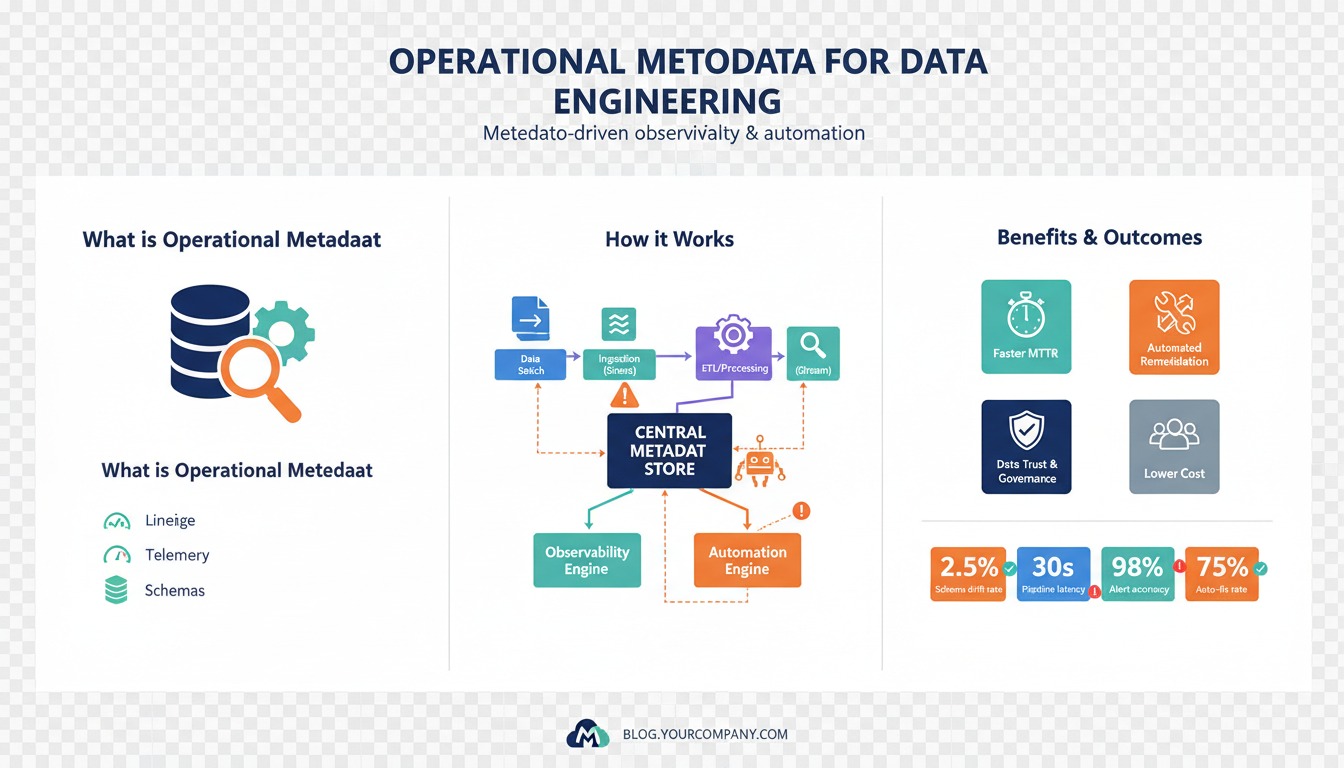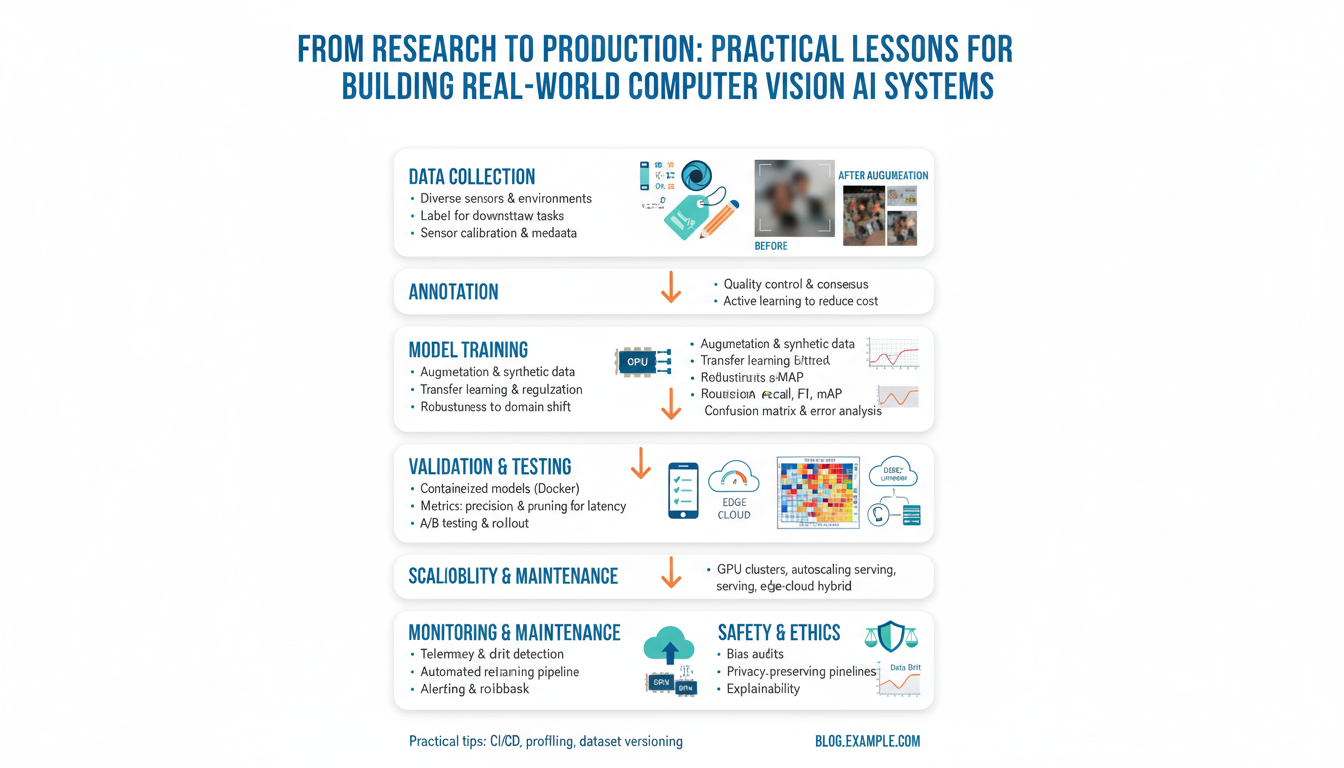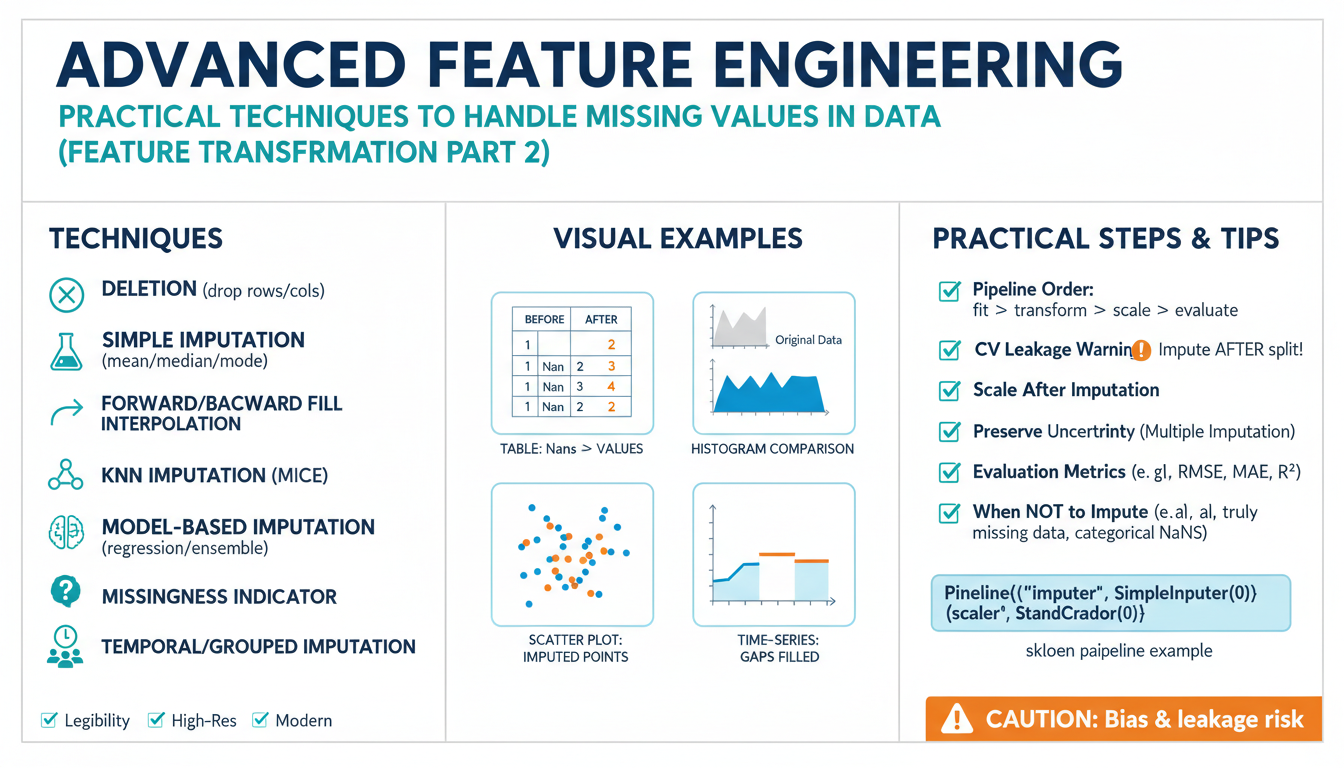Understanding Stateless LLMs: A Quick Primer
Stateless Large Language Models (LLMs) are powerful AI systems designed to process prompts and generate context-aware responses. Unlike stateful systems, these models do not retain any history or understanding of previous interactions unless that context is provided within each prompt. This architectural choice brings both advantages and subtle, often overlooked complexities, especially when LLMs are employed as agents in dynamic, multi-step workflows.
At their core, stateless LLMs like OpenAI’s GPT series or Google’s language models function as advanced text predictors. Each time you interact with such a model, it treats your prompt as a standalone request, ignorant of prior messages unless they’re included. This “single-shot” operation enables flexibility and scalability, allowing models to be deployed widely without storing user data between sessions—an important feature for privacy and security.
However, this architecture introduces a hidden tax: the burden of context management shifts from the model to the workflow designer. In complex agentic tasks—such as automated research assistants, multi-step decision support systems, or autonomous negotiation bots—stateless LLMs require every relevant piece of prior context to be bundled into each new prompt. Consider the following example:
- Simple prompt: “Summarize this article for me.” The LLM receives only the article and the instruction.
- Agentic workflow prompt (Step 5 of 10): Now, the prompt must include not just the immediate instruction but potentially all previous decisions, user preferences, analyzed documents, and intermediate summaries. This inflates the prompt size and creates opportunities for errors or omissions.
The stateless nature means that the LLM does not “remember” anything from previous turns; it relies entirely on the current prompt. For workflows that require chaining multiple actions and maintaining continuity, this often results in complex prompt engineering techniques such as:
- Manually building up the context window with every relevant piece of information for each turn
- Using external memory stores or databases to retrieve and inject history as plain text
- Implementing prompt engineering strategies like context compression, windowing, and selective recall
As a real-world illustration, consider an AI-powered customer support agent. With a stateless LLM, every response must include not just the latest customer message, but also critical background: account details, issue history, and previous support steps. Failing to do so can cause the agent to “forget” vital details, resulting in inconsistent or repetitive answers.
This approach stands in contrast to stateful systems, which can natively track dialogue and context, similar to how humans remember the flow of a conversation. While statelessness enables rapid scaling and reduces privacy concerns, it also introduces significant engineering overhead whenever continuity and memory are crucial. For deeper dives into how LLMs operate in stateless modes, see academic overviews like Nature’s review of LLM architectures.
Understanding this fundamental characteristic is crucial as organizations design increasingly sophisticated agentic workflows. The next sections will delve into how the “hidden tax” manifests across real business scenarios—and what can be done to mitigate its impact.
What Does ‘Agentic Workflow’ Mean?
To truly grasp the implications of stateless large language models (LLMs) in agentic workflows, it’s crucial first to understand what an ‘agentic workflow’ entails. At its core, an agentic workflow is a sequence of tasks or operations in which an autonomous agent—often powered by artificial intelligence—takes proactive steps to achieve a defined goal with minimal human intervention. Unlike traditional automation, which follows rigid, pre-determined scripts, agentic workflows emphasize adaptability, contextual awareness, and decision-making capabilities.
In practical terms, an agentic workflow might involve an AI agent managing your calendar, fetching information, sending emails, or even negotiating appointments on your behalf. What sets these workflows apart is their ability to dynamically adjust their behavior based on the context and desired outcomes. For example, rather than simply sending a preset email reminder, an agentic AI could analyze your current project deadlines, prioritize your schedule, and draft a personalized message based on your communication style and the urgency of the task.
Key characteristics of agentic workflows include:
- Autonomy: Agents act independently to submit requests, make decisions, or execute plans over time. They interpret their environment, formulate goals, and pursue those goals proactively. For more on autonomy in AI, check out this Stanford Encyclopedia of Philosophy article.
- Contextual Adaptation: Unlike simple scripts, agentic workflows allow agents to process context—such as user preferences or project histories—to shape their actions. This enables greater flexibility and relevance in responses. For an explanation of adaptive systems, see NASA’s overview of adaptive systems.
- Goal-Oriented Reasoning: Instead of just following instructions, agents in these workflows pursue explicitly defined objectives. They plan steps, monitor progress, and adjust tactics to overcome obstacles or exploit new opportunities. To dig deeper, explore this Microsoft research on goal-oriented AI.
As organizations increasingly deploy LLMs as agents, the complexity—and potential—of agentic workflows grows. These systems can span across information retrieval, data analysis, decision support, and customer engagement, orchestrating complex processes that once required coordinated teams of people.
For example, consider research teams using LLM-powered agents to automate literature reviews. In an agentic workflow, the AI autonomously identifies relevant publications, synthesizes findings, and even flags novel insights, all while updating its strategies based on feedback from human researchers. This kind of workflow not only speeds up the research process but also allows experts to focus on higher-level analysis and creativity.
By understanding the foundations of agentic workflows, we can better appreciate both the opportunities and the hidden challenges—such as inefficiencies introduced by statelessness—in deploying LLM-driven agents. As we move toward increasingly autonomous and context-aware systems, it becomes vital to carefully design workflows that maximize value while minimizing unintended costs.
The Invisible Overhead: How Stateless LLMs Impair Efficiency
The architecture of stateless large language models (LLMs) comes with a subtle, yet significant, drawback—an invisible overhead that can stealthily erode the efficiency of agentic workflows. Unlike stateful systems, which retain memory of prior interactions or context, stateless LLMs treat each prompt as an isolated request. This fundamental design choice introduces a layer of redundancy and operational friction that is often overlooked.
One of the most pronounced inefficiencies is the need to repetitively relay context. Every time an agent—in the context of an autonomous system—is required to solve a task using a stateless LLM, the entire problem history or relevant metadata must be painstakingly reintroduced. This not only inflates the computational load but also dramatically increases token usage, which instantly impacts scalability and costs. Companies leveraging stateless LLMs in complex agentic chains may find themselves spending exponentially more on API calls simply due to the need to reassure models of their operating context (see this recent arXiv preprint).
Moreover, the inefficiency multiplies as workflows scale. In agentic architectures, multiple agents or algorithms might iteratively invoke the LLM to complete sub-tasks, each requiring the full sweep of contextual information. This re-transmission not only slows the workflow but also increases the cognitive burden on system designers, who must devise strategies to compress or summarize context without losing fidelity. For a deep dive on context management challenges in LLM-driven systems, refer to this ACM Digital Library article.
To illustrate this, consider a workflow where an AI-driven assistant manages customer service tickets. Each time the assistant processes a follow-up question, the entire interaction history and ticket context must be resent to the LLM. This contrasts starkly with how a human or a stateful agent would operate—drawing on memory and referencing back as needed. Imagine the wasted bandwidth and increased latency as customers multiply and tickets pile up, turning the invisible tax of statelessness into a very tangible operational cost.
There are interim workarounds, such as context window extension or “chaining” techniques, but these often introduce their own limits and complexities. Researchers have highlighted the benefits of integrating lightweight memory modules or hybrid approaches to partially address these issues (Microsoft Research’s path towards autonomous AI). But until stateless LLMs evolve to natively handle context more efficiently, agentic workflows will continue to grapple with this invisible yet material tax, impacting both user experience and bottom lines.
Context Loss: Repeated Prompts and Increased Token Usage
One of the less-discussed, yet critical, challenges in leveraging stateless large language models (LLMs) for agentic workflows is the phenomenon of context loss and the resulting excessive token usage. Stateless LLMs, by design, are unable to remember previous interactions without explicitly receiving the entire conversational or prompt history in every request. This architectural constraint creates hidden costs that aren’t always obvious at first glance but can significantly affect both performance and expense.
Every time an agent needs to perform a task that relies on historic context—such as recalling goals, remembering user preferences, or piecing together long instructions—the same contextual information must be resent as part of the prompt. This repetition isn’t just cumbersome; it drives substantial inefficiencies:
- Increased Computational Load: Each prompt grows in length with every iteration, since the entire history or a large chunk of context must be re-supplied. This increases the computational overhead for every call and can strain infrastructure, especially for workflows that scale.
- Rising Token Costs: The financial model for most LLM services is based on the number of tokens processed (see tokenization explained), meaning each repeat of context unnecessarily hikes up costs. Multiply this by the number of turns and concurrent users, and the financial impact can be significant.
- Latency and Inefficiency: Larger prompts take longer to process, contributing to slower response times. This can degrade experience in real-time systems or time-sensitive agentic tasks, making workflows less responsive and usable.
Let’s consider a practical example to highlight the problem: Imagine a customer support agent powered by an LLM that must resolve complex, multi-turn queries. For each user interaction, details like the user’s complaint, personal data, and prior exchanges have to be included in every prompt. Over time, the prompt length balloons—even if most of this information is unchanged. This means the model spends valuable resources “re-learning” the same situation repeatedly rather than focusing on the immediate query.
This kind of inefficiency has broad implications. In scalable agentic automation—for instance, handling thousands of insurance claims, legal paperwork review, or long-duration conversations—added token usage not only inflates service costs but can also hit token window limits. When that happens, context must be trimmed or lost, risking incomplete or subpar outputs.
Researchers and practitioners are increasingly aware of this challenge and exploring solutions. These include novel architectures for memory or context management (see academic perspectives on persistent memory in LLMs), hybrid systems that blend persistent state with LLM reasoning, or pre-processing pipelines that compress and summarize long conversations (Microsoft Research discussion).
Until LLMs develop deeply integrated and efficient memory systems, workflow designers need to remain vigilant. Careful prompt engineering, strategic summarization, and orchestration between calls can help, but being aware of the underlying costs and limitations is foundational to building effective agentic systems.
Economic Implications: Costly API Calls and Latency Delays
When deploying stateless large language models (LLMs) within agentic workflows, businesses and developers often overlook a significant economic burden: the cost of repeated API calls and the consequential system latency. Stateless LLMs, by design, do not retain context or memory between interactions. Each step of an agent’s reasoning process or workflow initiation must be transmitted anew, resulting in multiple sequential API calls to re-establish the necessary context and state.
From an economic viewpoint, this repetitive querying cycle quickly accumulates costs. API providers, especially for high-performing foundational models like those from OpenAI or Google Cloud’s Vertex AI, typically charge on a per-request or per-token basis. In stateful workflows, context is preserved, reducing the need for redundant information exchange. In contrast, stateless implementations force the agent to re-query or resubmit substantial context on every step, inflating usage volumes and, consequently, expenses.
Latency introduces an additional, often hidden, cost. Stateless LLM interactions demand a fresh REST API call for every conversational move. Given internet routing times and cloud processing, each call may introduce several hundred milliseconds to a second in delay. Compound this over a multi-step workflow or conversation, and the user experience degrades rapidly. In business-critical applications—such as customer service automation or transactional agents—this latency can translate into lost revenue, reduced customer satisfaction, and diminished productivity. Research from institutions like Nielsen Norman Group outlines how users perceive and react to delays, highlighting the importance of sub-second responsivity for optimal UX.
One vivid example involves multi-agent collaboration for enterprise document summarization. If an agent requires four sequential model calls to retrieve, understand, analyze, and summarize, and each call is stateless, the cumulative cost and the wait time per user request multiplies by a factor of four. At scale, even small per-interaction costs and latencies snowball, potentially making advanced automation financially prohibitive for many organizations.
For teams architecting LLM-based workflows, careful consideration of both direct (per-call) costs and indirect (delay-induced productivity loss) is crucial. Strategies to mitigate these issues include using in-memory context stores, session-based caching, or exploring stateful LLM alternatives—all of which have their own trade-offs, but can dramatically reduce the economic drag produced by stateless designs. For further technical frameworks on optimizing LLM deployments, refer to guidance from IBM Developer and academic analyses on LLM architecture.
Real-World Examples of Hidden Tax in Multistep Tasks
When deploying stateless Large Language Models (LLMs) in agentic, multistep workflows, organizations often encounter significant costs that are invisible at first glance. These costs—referred to as the “hidden tax”—manifest most acutely in real-world, multistep tasks that require LLMs to repeatedly reconstruct state, context, or understanding with each new prompt. Let’s delve into some common examples to illustrate how this hidden tax accumulates.
Onboarding and Context Hand-off in Customer Support Automation
Imagine a customer support chatbot built with a stateless LLM. Each time a user sends a message, the model receives only what is in the current prompt window, with no memory of previous exchanges. For the bot to function well, developers must “stuff” as much relevant history as possible into each message. In practice, this leads to:
- Redundant Prompt Construction: Every new step requires constructing a fresh prompt that repeats the previous conversation, increasing API costs and latency.
- Loss of Nuance: Subtle cues or pieces of information given earlier may be omitted due to context window limits (source: arXiv), forcing the LLM to re-interpret or guess prior intent.
- Escalating Overhead: As conversations grow, prompt size balloons, which not only makes the system slower, but can also hit platform-specific input limits, causing truncation and errors (source: Microsoft Research).
Information Extraction Across Document Pipelines
Consider document parsing and data extraction in legal tech or healthcare. Most pipelines break down one large document into multiple passes—extracting entities, mapping relationships, and then synthesizing answers. In a stateless LLM workflow:
- Repeated Data Transfer: Extracted data from earlier steps must be manually re-injected into later prompts, risking errors or omissions with every hand-off.
- Poor Long-Term Recall: Without persistent state, the LLM can’t “remember” previously identified facts—leading to tasks being reprocessed multiple times, wasting compute and money (source: IEEE Spectrum).
- Increased Integration Complexity: Teams must engineer custom memory solutions or databases to manage state artificially, adding development and maintenance overhead.
Human-in-the-Loop Feedback and Revision Loops
In content creation workflows, such as drafting articles or code with iterative LLM assistance, statelessness causes friction:
- Inefficient Review Cycles: Each revision round requires restating all prior instructions, feedback, and context, which can be both tedious and error-prone.
- Diminished Collaboration: When multiple humans interact with the same LLM agent across different steps, lost context can yield inconsistent outputs or require extensive manual correction (source: Harvard Business Review).
These examples illustrate that while stateless LLMs offer deployment flexibility and scalability, their lack of built-in memory introduces friction, rework, and unforeseen costs in multistep, real-world applications. Organizations seeking to leverage LLMs in agentic workflows must weigh these hidden taxes carefully—potentially exploring solutions such as retrieval-augmented generation, proprietary memory layers, or hybrid architectures to mitigate losses and boost efficiency.



